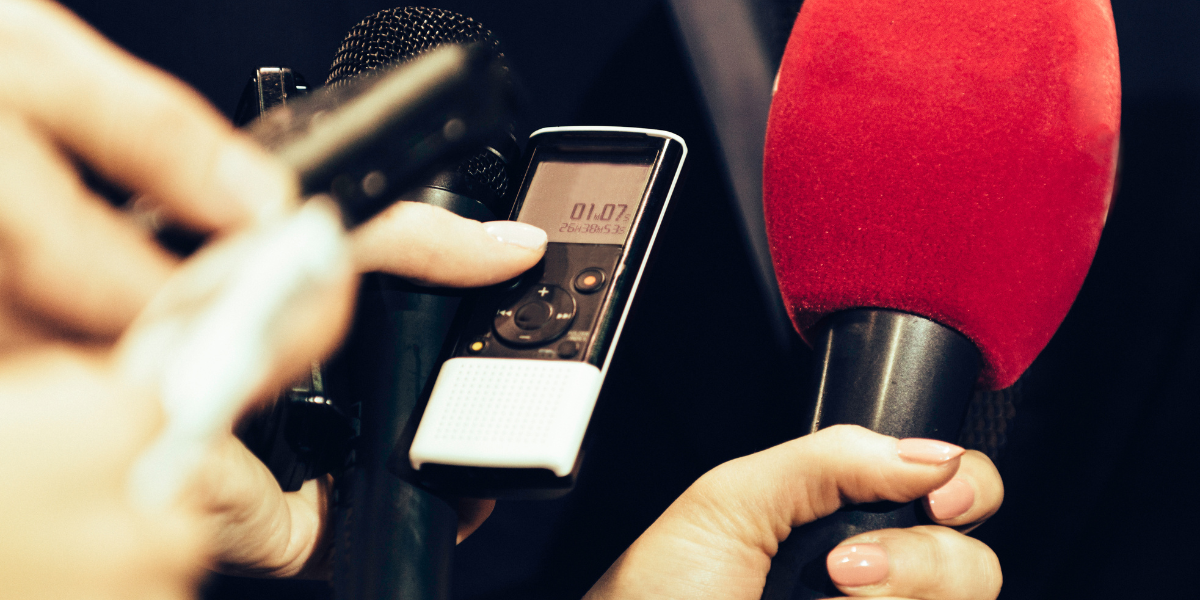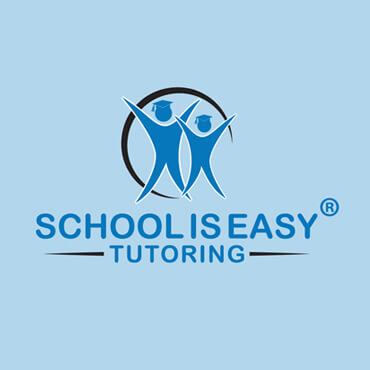
Why Citizen Journalism Matters
Teaching kids how to start a newspaper means covering citizen journalism in today’s digital world. Young people live surrounded by smartphones, social media, and instant news sharing. Anyone can now break stories, share information, and influence public opinion, which makes understanding citizen journalism essential when teaching kids how to start a newspaper.
See our other articles in this series below:
- Teaching kids how to start a newspaper (1): understanding the fundamentals of media
- Teaching kids how to start a newspaper (2): the elements of a news story
- Teaching kids how to start a newspaper (3): learning to write news copy (part 1)
- Teaching kids how to start a newspaper (3): learning to write news copy (part 2)
- Teaching kids how to start a newspaper (4): learning to research and identify sources of information
- Teaching kids how to start a newspaper (5): learning to critique the media and spot ‘fake news’
- Teaching kids how to start a newspaper (6): tips and resources for fact checking
- Teaching kids how to start a newspaper (7): covering magazines and feature stories
- Teaching kids how to start a newspaper (8): desktop publishing, design and layout training
- Teaching kids how to start a newspaper (9): photojournalism
Why Citizen Journalism Matters for Young People
Your child doesn’t need to become a professional journalist to participate in telling important stories. With blogs, social media, and smartphones, regular people now play a huge role in news coverage. This shift means starting a newspaper for kids should include teaching them about responsible citizen reporting.
Children need to understand that the news they consume isn’t neutral. Media companies choose which stories to cover and how to present them. This selection process shapes what people believe and how they view the world. It’s not just obvious propaganda from authoritarian governments – even well-intentioned news outlets have subtle biases.
When your child understands this reality, they become better consumers of information. They also learn how they might contribute to news coverage in their own community someday.

Real Examples That Show Citizen Journalism’s Impact
Learning works best with concrete examples. Show your child how ordinary people have made real differences through citizen reporting.
The 2017 solar eclipse created a perfect citizen science opportunity. People across North America took photos and videos, helping scientists gather more research data than any professional team could collect alone. This type of participation shows kids how their observations can contribute to larger understanding.
CNN provides several examples of citizen journalism that changed how major stories were covered. These cases help children see the power of regular people with cameras and internet access.
More serious examples, like citizen coverage of social justice events, show how mobile devices can document important moments for democracy and civil rights. Parents should preview these examples first, as they often lead to deeper conversations about fairness, safety, and social responsibility.
Teaching the Boundaries and Responsibilities
Teaching kids how to start a newspaper means teaching them about responsible reporting from the beginning. Professional journalists receive training about legal issues, ethics, and the impact of their work. Citizen journalists need this knowledge too, even at a basic level.
Your child should understand the difference between newsworthy events and private moments. Just because something happens doesn’t mean it should be shared publicly. Privacy matters, even in our connected world.
They also need to know the difference between facts they can verify and rumors they’ve heard. Teaching kids to say “I don’t know for sure” prevents them from spreading false information. Context matters too – what happened before and after a photo or video can completely change its meaning.
Most importantly, help your child recognize their own biases. We all have them, and acknowledging this fact makes us better at seeking truth rather than just confirming what we already believe.
According to Poynter Institute, media literacy education helps students become more critical consumers and creators of information. This skill becomes even more important as social media continues to blur the lines between professional and citizen journalism.

Practical Lessons for Young Citizen Journalists
Turn current events into learning opportunities. When something newsworthy happens in your community, ask your child: How would you find out more about this story? What questions would you ask? Who would you talk to for accurate information?
Practice with school events first. If your child’s school has a sports game, fundraiser, or special assembly, have them practice gathering information responsibly. They can interview participants, take photos (with permission), and write up what happened. This gives them experience without high stakes.
Teach them to ask permission before recording or photographing people. This simple habit builds respect for others while helping them think about consent and privacy from an early age.
Finding Resources for Teaching Citizen Journalism
Several organizations provide lesson plans for teaching citizen journalism concepts to young people. Transforming Students into Citizen Journalists offers structured activities that work well in classrooms or at home.
The News Literacy Project provides age-appropriate resources for helping kids understand media, fact-checking, and responsible information sharing. Their materials work well for parents who want to supplement what schools teach about media literacy.

Preparing Kids for a Connected World
Your child will grow up in a world where the line between professional and citizen journalism continues to blur. Teaching kids how to start a newspaper that includes citizen journalism concepts prepares them for this reality.
They might never pursue journalism as a career, but they’ll likely share information online, participate in community discussions, and need to evaluate news sources throughout their lives. The skills they learn through understanding responsible citizen journalism serve them well in all these situations.
Teaching these concepts early helps create more thoughtful citizens who contribute positively to public discourse rather than adding to information chaos.
Need help developing your child’s media literacy and critical thinking skills? School is Easy tutors specialize in building these essential abilities through hands-on learning approaches. Contact us today to discover how we can help your child become a more informed and responsible information consumer.




